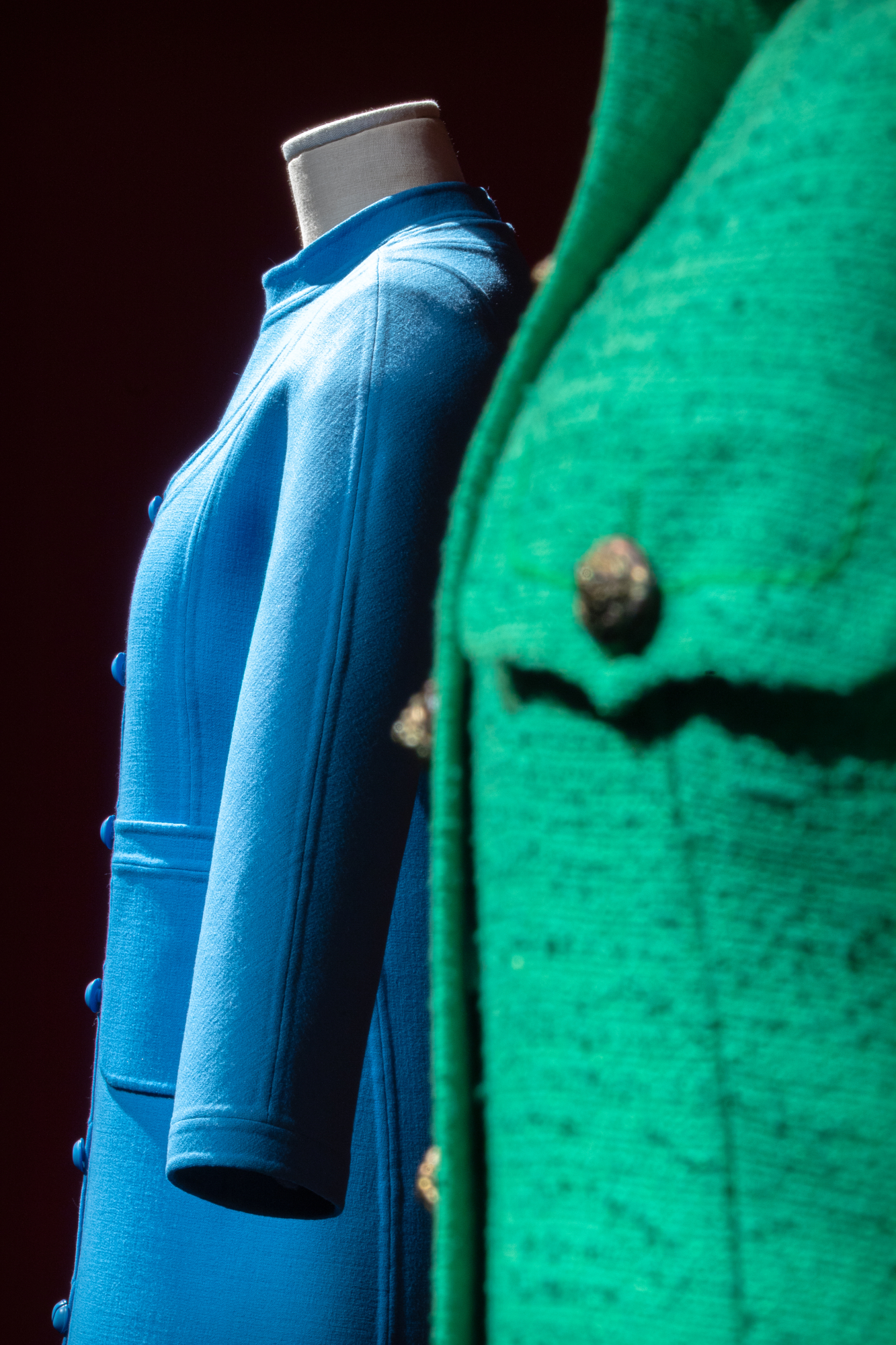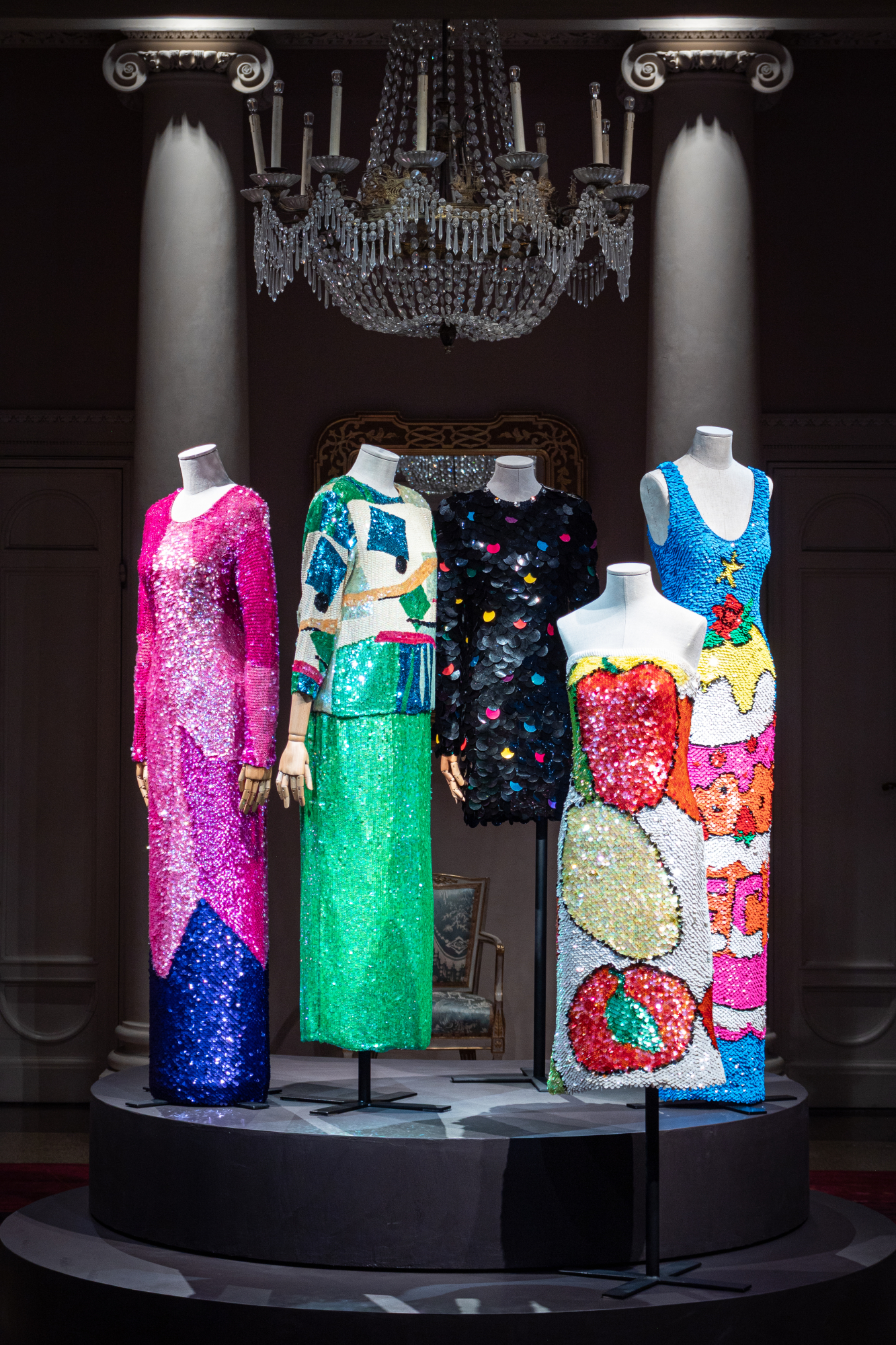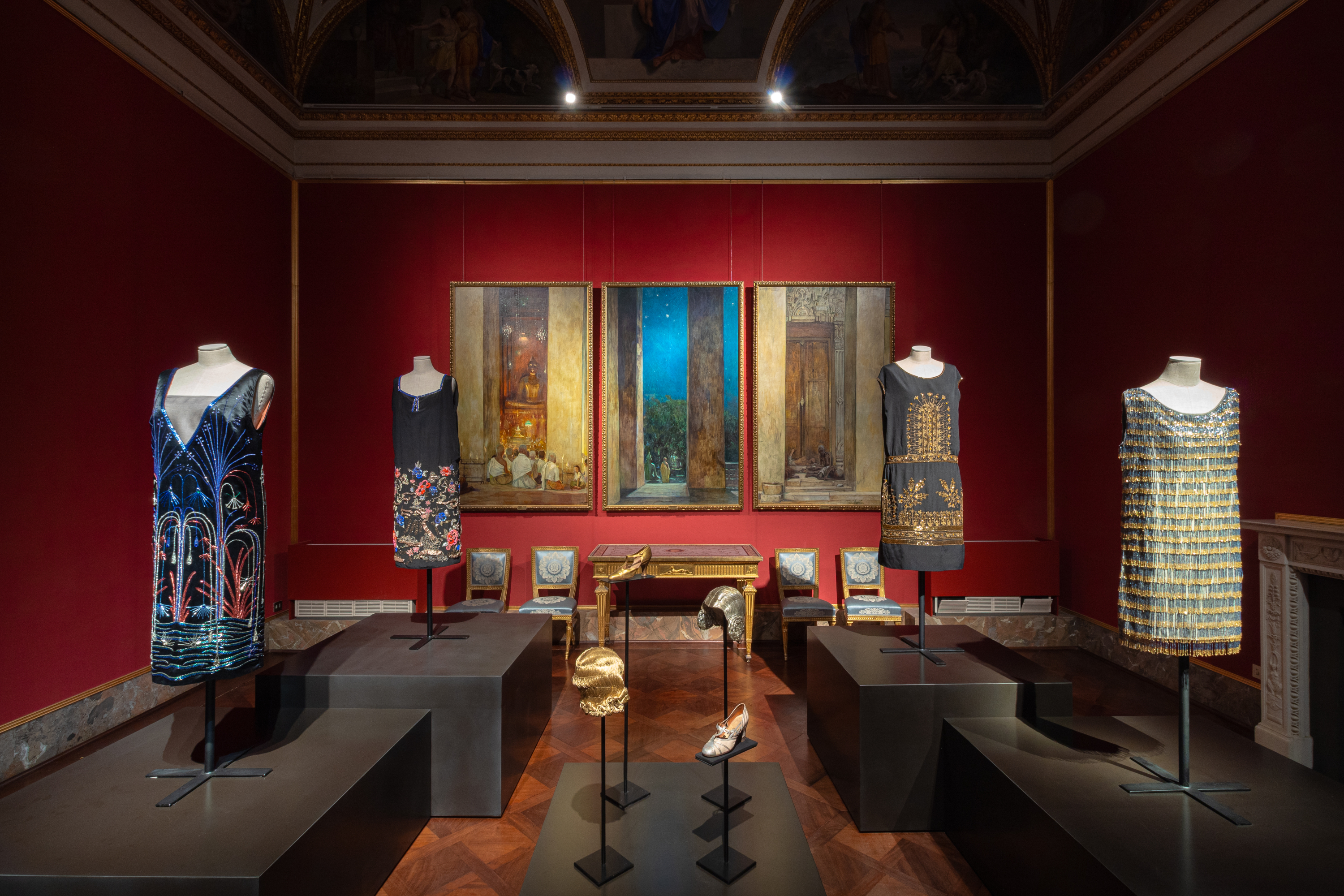Discover 20th-century fashion at the Pitti Palace in Florence, Italy: unique dresses merge with art in a unique exhibition.

Starting this Wednesday, 20th-century fashion will be on display in Florence, Italy, in an exhibition at the Fashion Museum at the Pitti Palace.

20th-century fashion arrives in Florence with an exhibition featuring 40 dresses. Photo: EFE
The newly opened rooms narrate the styles of the last century, from the Charleston of the 1920s to the 1980s of Italian fashion designer Enrico Coveri , passing through the creations of designers such as Elsa Schiaparelli, Yves Saint Laurent, Pierre Cardin and Roberto Capucci.
The museum's new installation explores 40 iconic international haute couture dresses (many of them never before seen), in dialogue with works by 20th-century artists such as Galileo Chini, Felice Casorati, and Alberto Burri.
With a collection of 15,000 historic garments and accessories spanning the 18th century to the present day, the museum announced in a statement that it will be updating the collections on display annually to showcase "extraordinary, previously unseen, and carefully restored" garments that had been in storage. It also emphasized that the rooms dedicated to 18th and 19th-century fashion and the Medici costumes will remain unchanged.

The exhibition closes with Enrico Coveri, who made sequins the symbol of his style. Photo: EFE
According to Simone Verde, director of the Uffizi Galleries, this selection of pieces narrates fashion as a visual and cultural language that constantly interacts with painting and the arts.
"From the exotic embroidery of flappers to the decorative imagery of Galileo Chini, from the formal synthesis of Casorati and 1930s fashion to the minimalism of the Space Age , combined with the black and whites of Alberto Burri. Fashion reveals itself not only as a reflection of the transformation of the feminine, but also as a heritage of forms, materials and visions that accompanies and enriches the figurative narrative of art," adds Simone Verde, director of the Uffizi Galleries.
The first room is dedicated to "Charleston Fashion." The exhibition opens with Galileo Chini's triptych, which transforms the space into a theatrical stage set inspired by the Italian composer Giacomo Puccini, along with the dress worn by the painter's wife at the premiere of Turandot at the Teatro alla Scala in Milan on April 25, 1926.
Other dresses made from fine silks and featuring motifs inspired by China, Japan, and India evoke Orientalism and its connection to the liberating spirit of the flappers, young women of the era who broke with tradition.
This is followed by two rooms dedicated to interwar fashion, with pieces ranging from Art Deco and avant-garde to cinematic glamour. In this space, Felice Casorati's painting The Stranger merges with garments by Elsa Schiaparelli and Madeleine Vionnet.

The exhibition has several rooms. Photo: EFE
The exhibition continues with post-war fashion, including a dress by Yves Saint Laurent, who, after the death of Christian Dior in 1957, became the house's creative director , and three other garments, including one by Gattinoni, that belonged to the Swedish actress Ingrid Bergman.
The 1960s and 1970s culminated with the Space Age movement , characterized by a futuristic and minimalist aesthetic inspired by space exploration and the technological advances of the time, with designers such as André Courrèges, André Laug, and Pierre Cardin.
The exhibition closes “explosively” with Enrico Coveri, who, from the 1980s onwards , made sequins the symbol of his brilliant, ironic and non-conformist style.
Vanessa Gavioli, curator of the Museum of Fashion and Costume, explains that fashion tells the story of women between freedom and elegance. “From the flappers of the 1920s, with light dresses and exotic accents, we move on to the 1930s, with a more classic and traditional femininity. Chanel revolutionized the tailored suit, later reinterpreted by Galitzine and Schön. In the 1960s and 1970s, miniskirts, graphic designs, and subcultures exploded, while the Space Age looked to the future and Capucci sculpted the dress. In the 1980s, Coveri exalted light and color with sequins.”
ANGIE RODRÍGUEZ - LIFE TODAY EDITORIAL - @ANGS0614
eltiempo




